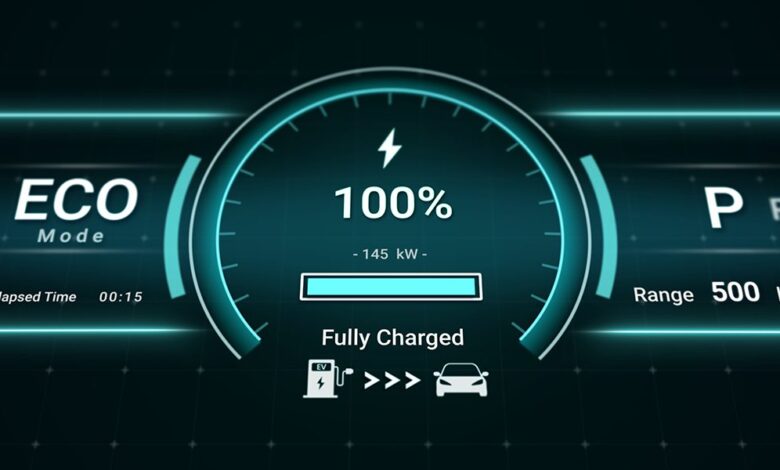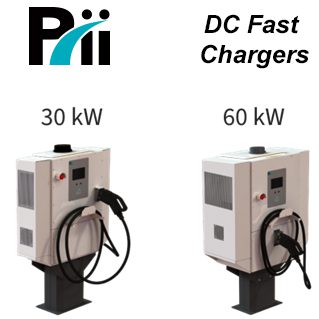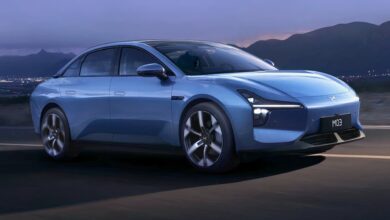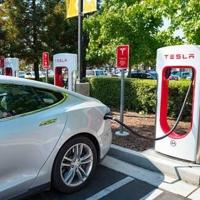Power Input Flexibility is Critical to the Future of EV Charging

As the world races toward a more sustainable future, the transition from traditional internal combustion engines (ICEs) vehicles to electric vehicles (EVs) stands at the forefront of this seismic shift. Early adopters undertaking this transition are faced with many challenges and opportunities, including, but not limited to, funding, power generation, and the all-too-important charging infrastructure.
Selecting the right EV charging infrastructure can directly impact the success of your EV transition, operational efficiency, and user satisfaction. However, adding charging infrastructure where it’s never been used before comes with a host of potential logistical concerns. The costs associated with upgrading the electrical distribution grid infrastructure, electric vehicle supply equipment (EVSEs), on-site wiring, and permit acquisition — also known as “make-ready infrastructure” — can range from tens, or even hundreds, of thousands of dollars. This begs the question: Is it worth it to invest in substations, transformers, and other infrastructure if the existing on-site electrical framework doesn’t provide the right input voltage for my preferred charging system?
Enter Power Innovations International’s (Pii) new line of 30- and 60-kW DC Quick Chargers, which provides a way out of this dilemma by offering a highly flexible, field-configurable power input with no derating. By accepting the standard U.S. input voltages in a single box, these all-in-one charging stations lower installation costs and provide increased flexibility for those looking to service areas that might otherwise be overlooked because of their high infrastructural costs.
Image: Adobe Stock
More than Just Plug and Play: Configurable Input Voltages for EV Charging Stations
Installing a charging station is rarely as simple as placing a single, final product into the ground. In the U.S., for example, EV charging stations are traditionally equipped to accept 480Vac delta, with derating or step-up transformers required (which can eat up a huge amount of installation budget) to make the stations work with a non-480Vac delta infrastructure.
The decision to invest in additional systems like transformers and substations can have cascading effects, since adding more equipment alongside the charging station itself will almost certainly lead to:
- More foundational infrastructure components
- Longer lead times for delivery and installation
- Installation delays
- Specialized maintenance work and further expenses for eventual product failures
- Potential needs for updated permits and code assessments
- Interactions with local utility companies
To lessen these investment costs and headaches, EVSEs must be mindful of selecting field-configurable setups that can allow the installer to match the input voltage of the charging station to the existing infrastructure of the selected location. This will allow for a streamlined location selection and installation process for EVSEs.

Image: Adobe Stock
Simplifying the Charging Station: Ensuring Uptime and Reliability
Charging stations limited by the input voltages it can accept will produce more sprawling, costly ecosystems and these downsides can add up quickly. One recent study out of the UC Berkeley found that over one quarter of all public EV charging stations in the United States are not functioning. Put simply, EVs will never truly reach mainstream adoption with these levels of failure, and the costly investments associated with matching a charging station to existing electrical infrastructure only make things worse.
In terms of system and product design, increased complexity invites a commensurate increase in downtime and product failure, even for the best-designed charging stations. EV charging stations that accept a wide range of standard input voltages, providing an all-in-one system, offer a clean way to simplify installation and upkeep without requiring any derating of the charging station.
This means that in addition to selecting field-configurable input voltage, it is crucial that decision-makers consider leveraging highly reliable power supplies that can help EVSEs bypass installation complications.

Image: Pii
Power Innovations International’s Flexible, Modular Level 2 Charging Stations
The matters discussed here — like “Should I think more about the infrastructure under the ground, or the location itself, when I’m looking to install a public level 3 charging station?” — are not mere hypotheticals. Real-life impacts are being felt by those in living remote areas that are deemed too hard to serve under conventional economic analysis, as well as EV drivers passing through these remote locations who require charging options.
For example, a study was recently commissioned to analyze California sites “at remote or underserved locations that … commercial networks likely did not consider to be economically viable in their business model but were found necessary to support long-distance travel using [EVs].” This tradeoff will only become more important as EVs proliferate further, and one part of the solution to this problem is the implementation of EV charging stations that accept a wider range of input voltages, without derating, to radically simplify the installation process.
Pii offers a simple solution.
To lessen charging infrastructure investment costs and headaches, Pii’s DC Quick Chargers come with a field-configurable bus bar setup that allows the installer to match the input voltage of the charging station to the existing infrastructure of the selected location, opening up a streamlined location selection and installation process for EVSEs. These stations remove the need for additional infrastructure typically associated with level 3 installation, and it doesn’t require derating the charging station.
In addition to providing field-configurable input voltages, Pii’s DC Quick Chargers also leverage highly reliable power supplies from LITEON, based on a topology that has a demonstrated mean time between failure (MTBF) of over 1 million hours. Not only are these chargers easy to get into the ground, but their core components offer a level of reliability and uptime that outpaces the rest of the industry – and Pii’s charging stations leverage modular power supplies that are field-swappable while the rest of the system keeps running. These stations allow EVSEs to bypass many of the headaches associated with installation, and they are easy to maintain once put in the ground – all in a single, simple final product.
Power Innovations International has provided power management services to customers around the world since our founding in 1997. Our EV charging line leverages the high-quality products of our parent company – LITEON Technology Corporation – to bring levels of flexibility and reliability that we truly believe will redefine what is possible in EV Charging. Nobody should be forced to forgo an electric vehicle because they happen to live in an area deemed “economically unviable” to install a charging station, and we are committed to making that issue of accessibility a thing of the past.
Power input flexibility is not a luxury for our industry, it’s a critical component of the future of charging, and Pii is leading the way. Don’t let infrastructural costs or unreliable components hold your designs back ever again: contact us to see how we can transform your charging capabilities today, or visit us at booth #1813 at ACT Expo 2024, May 20-23, 2024.



